Bringing Canadian concepts to community leisure

Patrick McMahon
Partner,
Architect
Patrick has experience across a broad range of sectors, from sport and leisure to later living residential, and is passionate about promoting design excellence at FaulknerBrowns. As well as being an RIBA and RIAI chartered architect, Patrick is a qualified construction manager and is integral in leading the delivery of high-quality projects.
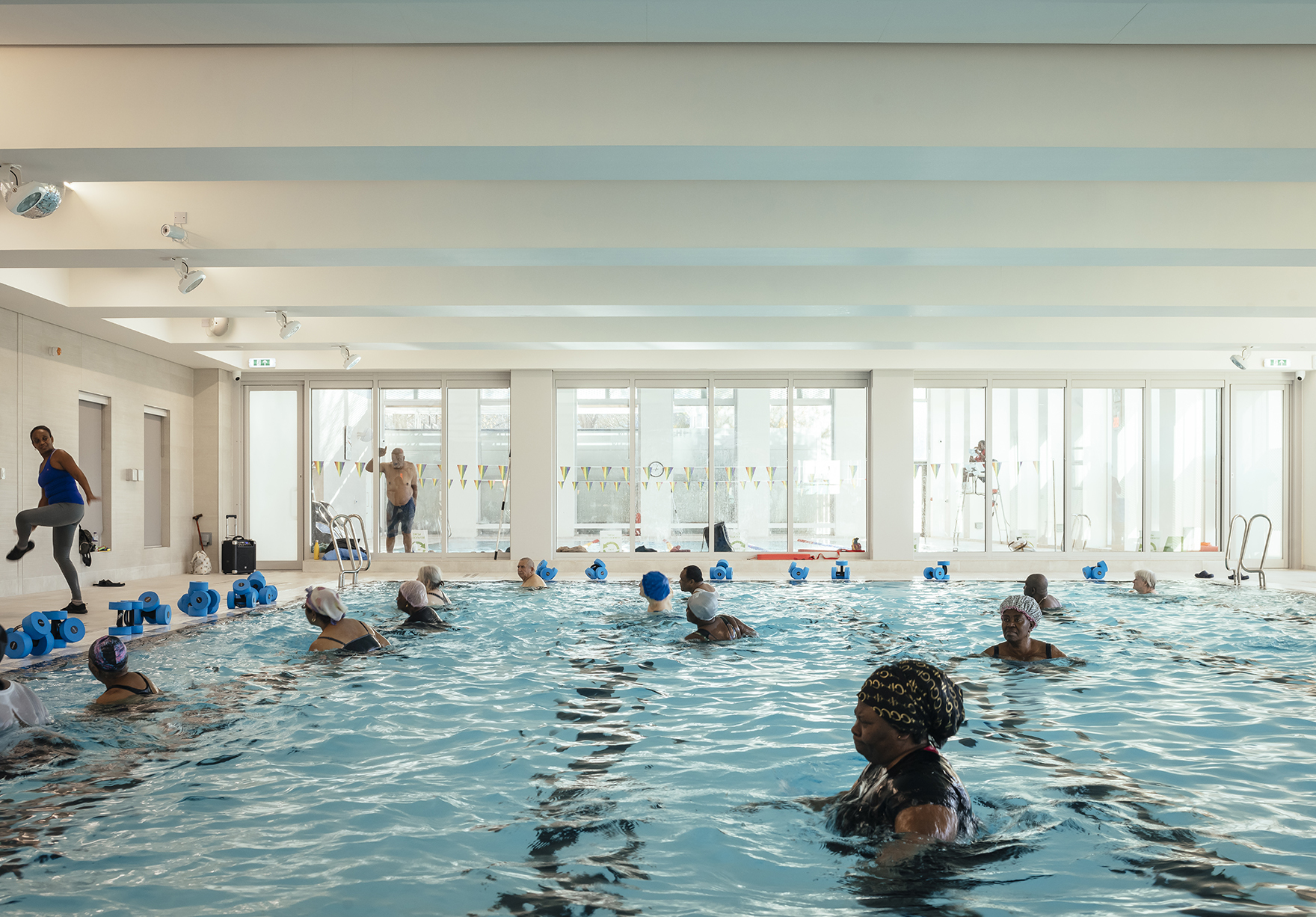
Our Vancouver and Newcastle teams recently came together as part of a study trip with the International Association for Sports and Leisure Facilities (IAKS).
Together with 70 industry colleagues, we toured leisure projects across British Columbia and experienced buildings buzzing with activity and community-focused programmes.
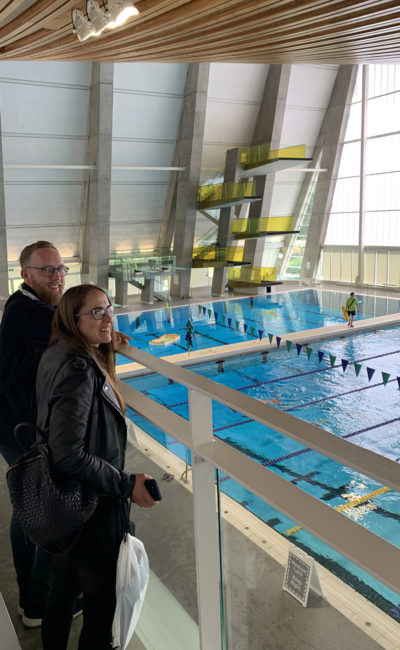

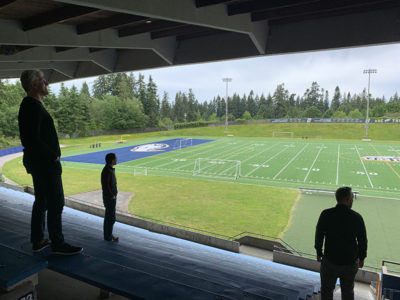
While our community and leisure projects in the UK have long been influenced by our Vancouver studio, and the Canadian approach to community facilities, three themes within their building models stood out:
Ditch the barriers
The facilities we saw were open, inviting, and truly inclusive for all, irrespective of gender, age, culture or ability. Visitors, like us, could roam freely and passively experience everything the buildings had to offer without encountering a single barrier. Patrons might arrive to simply to visit a café, but then quickly become drawn to venture further into the building and find themselves engaging with sporting or community activities that start to pique their interest, from swimming, to exercise classes, arts and crafts workshops, or 'over 55s clubs'. These experiences ultimately encourage people to return and participate for themselves.
In the UK, paid barriers or turnstiles at the entrances of gyms or community leisure facilities are a familiar but somewhat unfriendly sight. They form a barrier to the serendipitous encounters which can encourage visitors to meet new people, start conversations, and try something new.
A more open approach, with a central community focus, is not difficult to achieve in terms of layout or security, but this level of permeability is still surprisingly rare...
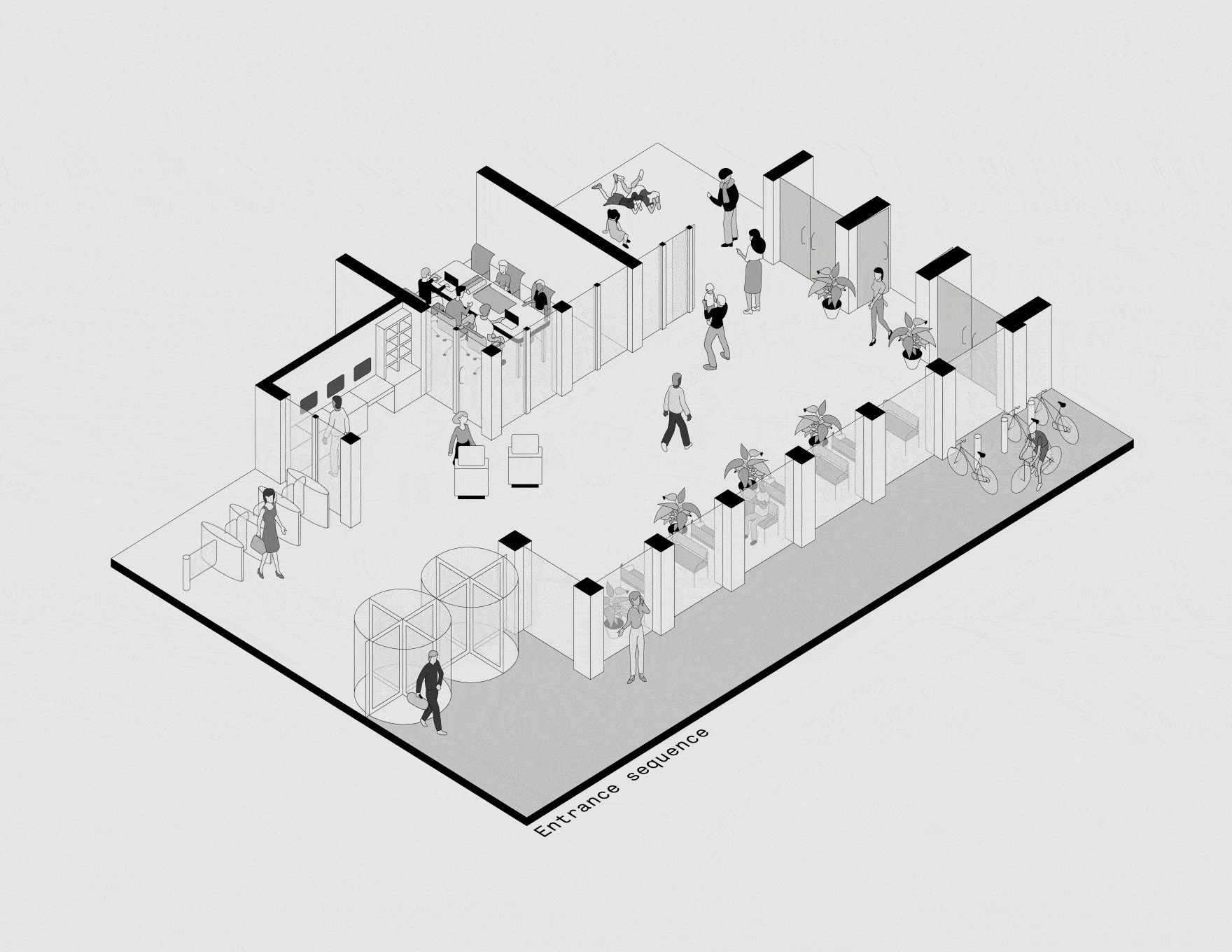
Mix it up
In the Canadian provinces we visited, a historical lack of community recreation facilities has been filled by hybrid sports and leisure buildings. A diverse mix of community assets, including music rooms, ceramics workshops, classrooms and libraries, are integrated alongside swimming pools, ice rinks, gyms and sports halls. These combinations generally reflected a specific, local community need; for example, providing a flexible social hub or supporting seniors. If a space is underutilised, it is quickly repurposed based upon other known community needs.
Local authorities within the UK, however, tend to develop briefs with a more standardised mix of traditional facilities. There are some exceptions, where we see the inclusion of a library or council services, or the provision of physiotherapy and GP referrals services alongside sport and leisure. These facilities rarely dabble in the arts or provide unique facilities based upon a specific local need, but instead ‘flexible’ community spaces which are commonly underutilised.
Being more adventurous, and specific, might engage communities better. In addition to flexible spaces, a characterful arts studio or a dark room is likely to be valued, and embraced by local people, more than a series of multi-purpose boxes.
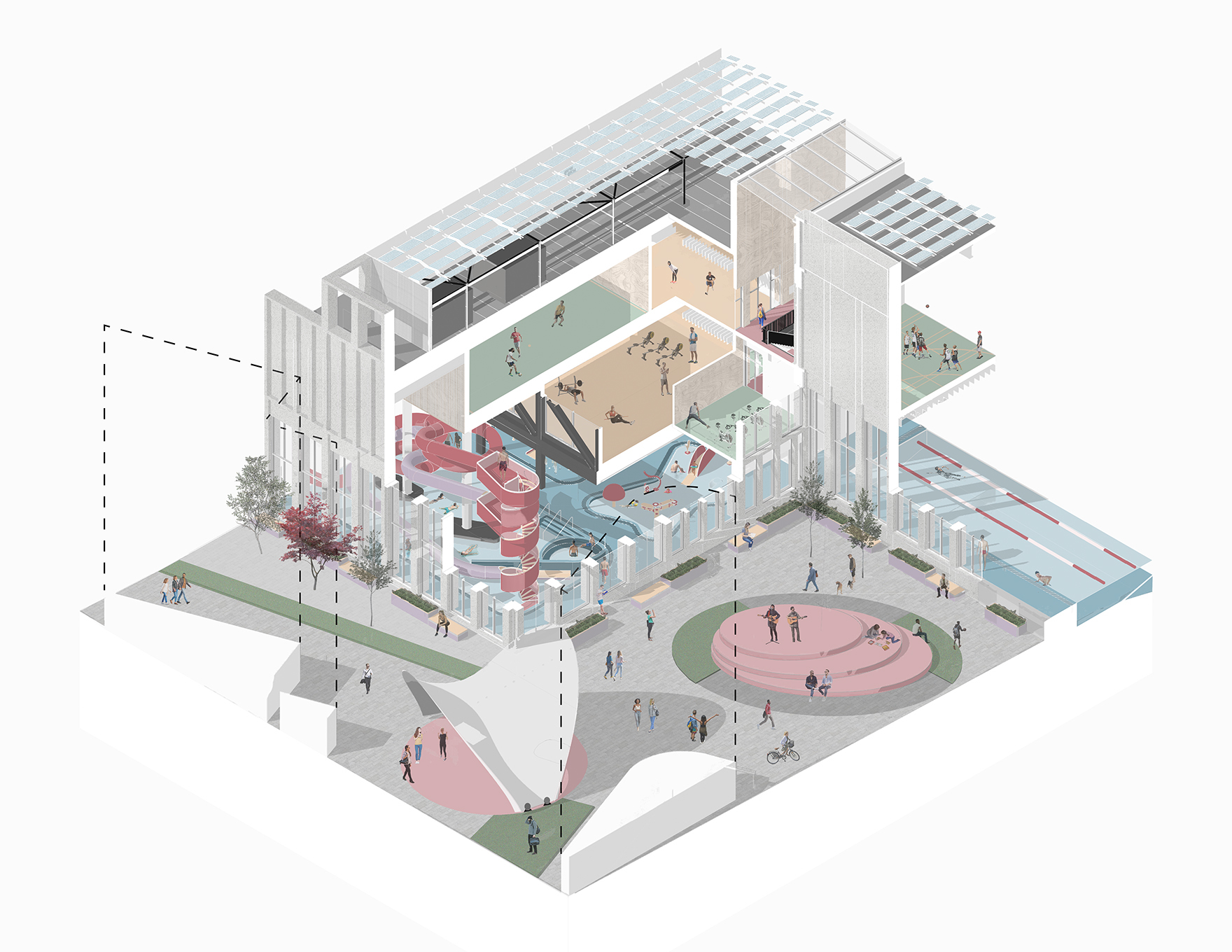
Think outside
To create a fully inclusive recreation building, we think community facilities must be generous and think beyond the building programme. Almost all the projects we saw during our study trip to Canada not only extended into public plazas or local parks, but also provided public amenities, such as water points and changing facilities, accessed from outside. These could be used by a broader spectrum of people, including those who may not have access to changing or shower facilities elsewhere.
These civic gestures encourage people to enjoy sport and leisure outdoors, but also create natural meeting points. Families enjoying a walk or picnic can use the toilets, while local cycle teams and running clubs can meet and have somewhere to change and recharge.
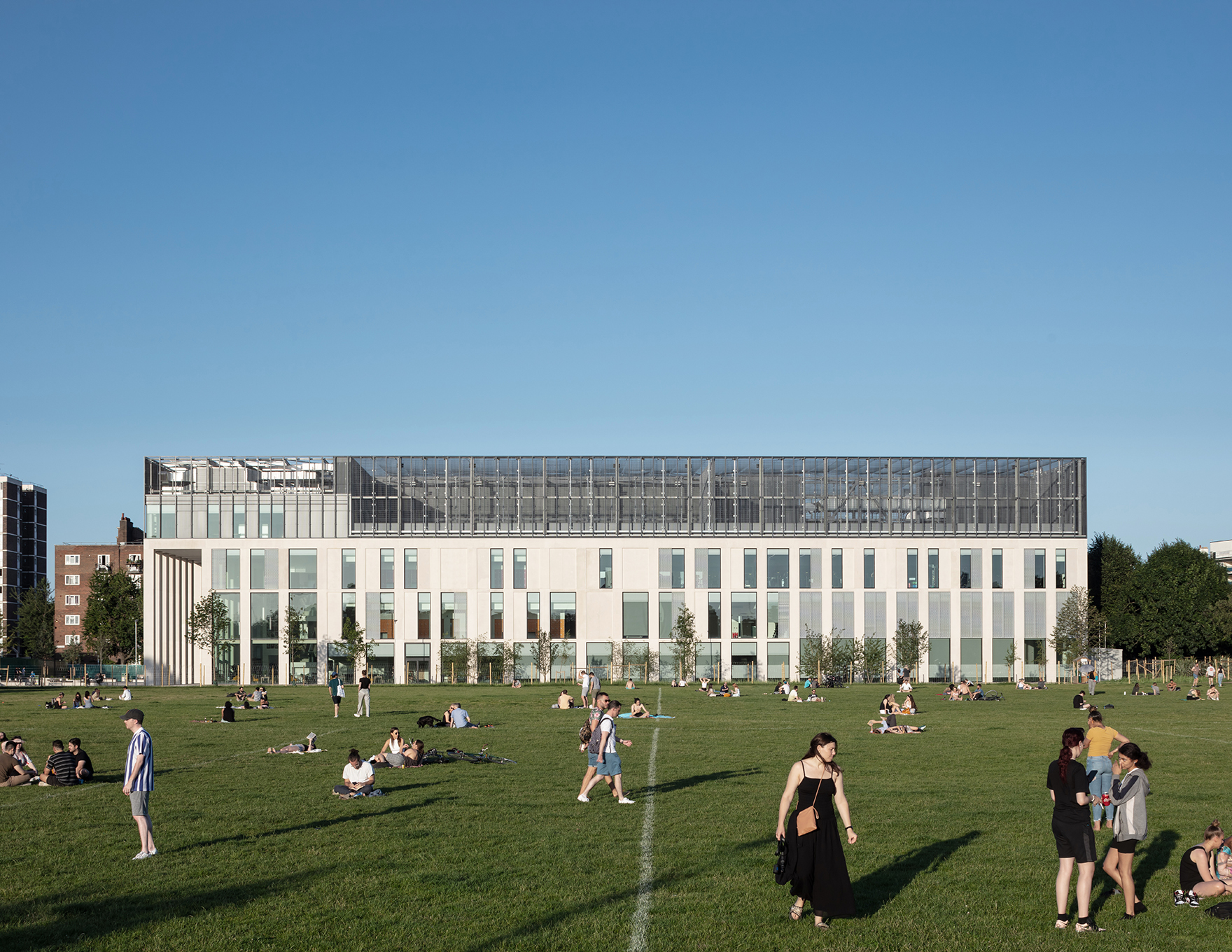
As sport and leisure become more prominent in UK high streets and town centres, external connections and public facilities provide an opportunity to welcome and engage a much wider spectrum of the community.